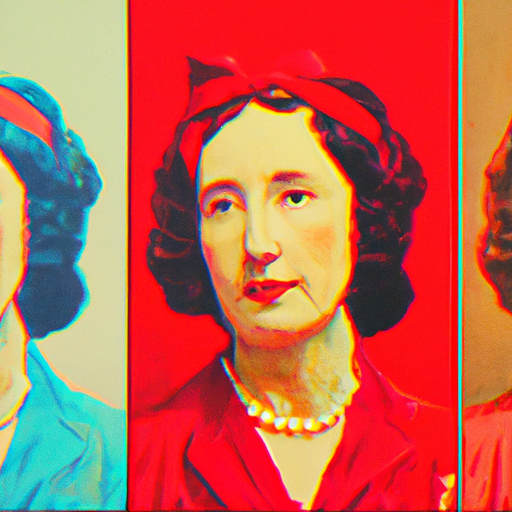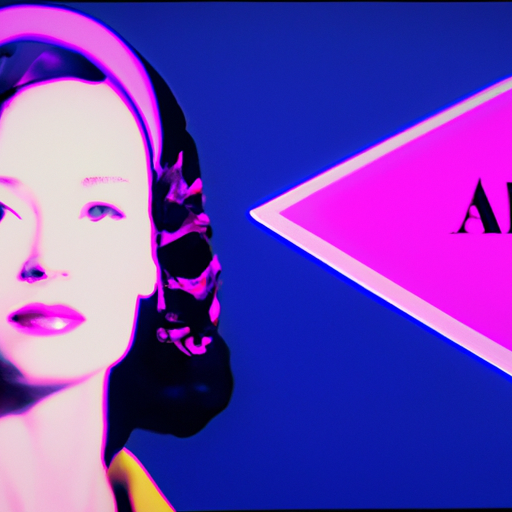
-
Table of Contents
- Art and Storytelling: The Language of Film and Graphic Design
- The Power of Visual Storytelling
- The Language of Film
- Cinematography
- Acting
- Sound Design
- The Language of Graphic Design
- Typography
- Color
- Layout
- Case Studies: The Power of Art and Storytelling
- Case Study 1: “Inception” (Film)
- Case Study 2: Coca-Cola’s “Share a Coke” Campaign (Graphic Design)
Art and Storytelling: The Language of Film and Graphic Design

Art and storytelling have been intertwined since the beginning of human civilization. From cave paintings to modern-day films and graphic designs, visual mediums have always been a powerful tool for conveying stories and emotions. In this article, we will explore the language of film and graphic design, and how they both contribute to the art of storytelling.
The Power of Visual Storytelling
Visual storytelling is a universal language that transcends cultural and language barriers. It allows artists to communicate complex ideas and emotions in a way that words alone cannot. Whether it’s a film or a graphic design, the visual elements play a crucial role in engaging the audience and conveying the intended message.
One of the key aspects of visual storytelling is the ability to evoke emotions. Colors, composition, and visual cues can all contribute to creating a specific mood or atmosphere. For example, a warm color palette and soft lighting can create a sense of nostalgia or romance, while a dark and desaturated color scheme can evoke feelings of fear or sadness.
Furthermore, visual storytelling has the power to transport the audience to different worlds and time periods. Through the use of set designs, costumes, and visual effects, filmmakers and graphic designers can create immersive experiences that allow the audience to escape reality and become fully immersed in the story.
The Language of Film
Film is a unique medium that combines various art forms, such as cinematography, acting, sound design, and editing, to create a cohesive narrative. Each element contributes to the overall storytelling experience and helps convey the intended message.
Cinematography
Cinematography is the art of capturing images on film or digital media. It involves the use of camera angles, movements, and framing to create visually compelling scenes. For example, a low-angle shot can make a character appear powerful or dominant, while a high-angle shot can make them seem vulnerable or weak.
Lighting is another crucial aspect of cinematography. The use of light and shadow can create depth, highlight important elements, and set the overall mood of a scene. For instance, a brightly lit scene with soft lighting can create a sense of warmth and intimacy, while a scene with harsh lighting and deep shadows can convey tension or mystery.
Acting
Acting is a fundamental element of film storytelling. It is through the performances of actors that characters come to life and emotions are conveyed. A skilled actor can use body language, facial expressions, and vocal intonations to communicate complex emotions and thoughts.
For example, in the film “The Shawshank Redemption,” actor Tim Robbins portrays the character of Andy Dufresne, a man wrongfully convicted of murder. Through his subtle facial expressions and body language, Robbins effectively conveys Andy’s resilience, hope, and determination to escape his unjust imprisonment.
Sound Design
Sound design is often an overlooked aspect of film storytelling, but it plays a crucial role in creating an immersive experience for the audience. Sound effects, music, and dialogue all contribute to the overall atmosphere and emotional impact of a film.
For instance, in the opening scene of the film “Jaws,” the iconic theme music composed by John Williams creates a sense of impending danger and suspense. Even without seeing the shark, the audience is immediately aware of the imminent threat through the use of sound.
The Language of Graphic Design
Graphic design is another powerful medium for storytelling. It involves the use of visual elements, such as typography, color, and layout, to communicate a message or tell a story. Graphic designers have the ability to distill complex ideas into simple and visually appealing designs.
Typography
Typography is the art of arranging typefaces to make written language readable and visually appealing. It can convey emotions, emphasize key points, and guide the reader’s attention. For example, a bold and large typeface can create a sense of urgency or importance, while a handwritten or script font can evoke a more personal and intimate feeling.
Color
Color is a powerful tool in graphic design that can evoke emotions and convey meaning. Different colors have different psychological associations, and designers can use this knowledge to enhance the storytelling aspect of their designs.
For example, the color red is often associated with passion, love, or danger, while blue is associated with calmness, trust, or sadness. By strategically using colors in their designs, graphic designers can create a specific mood or atmosphere that supports the intended message.
Layout
The layout of a design is crucial in guiding the viewer’s attention and conveying information effectively. By organizing elements in a logical and visually pleasing way, designers can create a seamless flow of information that enhances the storytelling aspect of their designs.
For example, in a magazine layout, the use of grids and columns can help create a sense of order and hierarchy. By strategically placing images and text, designers can guide the reader’s eye and ensure that the most important information is easily accessible.
Case Studies: The Power of Art and Storytelling
Let’s explore two case studies that highlight the power of art and storytelling in film and graphic design.
Case Study 1: “Inception” (Film)
“Inception,” directed by Christopher Nolan, is a prime example of how visual storytelling can captivate audiences and leave a lasting impact. The film tells the story of a group of skilled thieves who enter people’s dreams to steal valuable information.
The cinematography in “Inception” is visually stunning and plays a crucial role in conveying the dream-like atmosphere of the film. The use of wide-angle shots and unconventional camera angles creates a sense of disorientation and blurs the line between reality and dreams.
The sound design in “Inception” is also masterfully executed. The film’s score, composed by Hans Zimmer, is haunting and adds to the overall sense of mystery and suspense. The use of sound effects, such as the iconic “bwong” sound, further enhances the immersive experience for the audience.
Case Study 2: Coca-Cola’s “Share a Coke” Campaign (Graphic Design)
Coca-Cola’s “Share a Coke” campaign is a prime example of how graphic design can tell a story and create a sense of personal connection with the audience. The campaign involved replacing the Coca-Cola logo on bottles and cans with popular names and phrases.
The typography used in the campaign was playful and friendly, evoking a sense of joy and happiness. By personalizing the bottles with names, Coca-Cola created a sense of individuality and encouraged people to share a Coke with their friends and loved ones.
The use of color in the campaign was also strategic. The red color of the Coca-Cola logo is instantly recognizable and associated with the brand. By maintaining the iconic red
